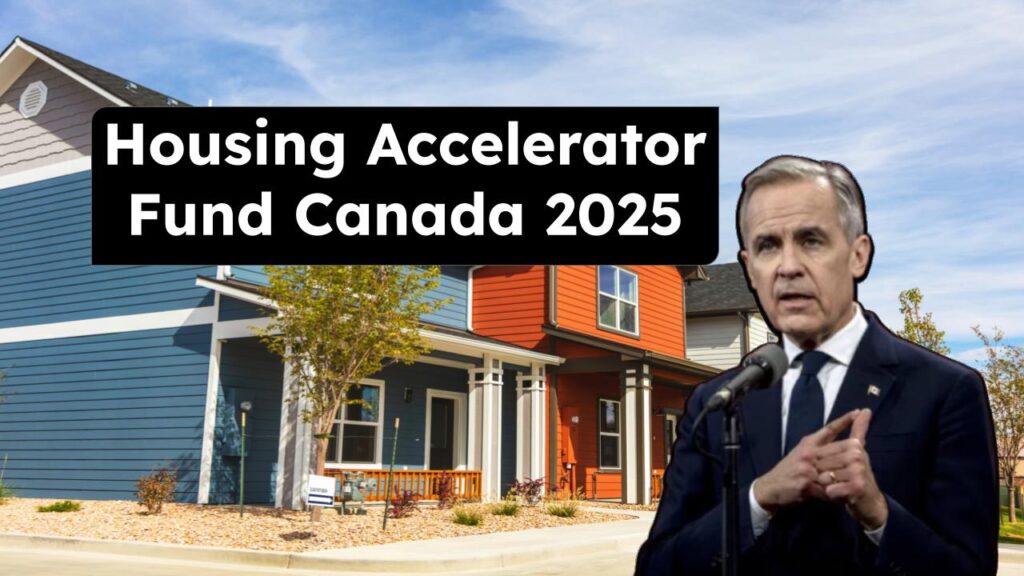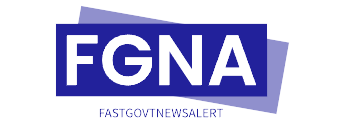
If you’ve been following the news about housing in Canada, you’ve probably heard of the Housing Accelerator Fund (HAF). This $4.4 billion federal initiative is designed to tackle one of the country’s most pressing issues—the housing crisis. By streamlining approvals and cutting red tape, the HAF aims to create at least 100,000 new homes by October 2026.
But what exactly does this mean for Canadians? How will it work? And how can municipalities and Indigenous governments benefit? In this article, we’ll break everything down step-by-step so that even a 12-year-old could understand, while still offering valuable insights for professionals.
Housing Accelerator Fund Canada 2025
| Key Points | Details |
|---|---|
| Total Funding | $4.4 billion |
| Goal | Create at least 100,000 new homes by October 2026 |
| Managed By | Canada Mortgage and Housing Corporation (CMHC) |
| Eligible Participants | Municipalities, Indigenous governments |
| Focus Areas | Zoning reforms, faster permitting processes, reducing construction barriers |
The Housing Accelerator Fund Canada 2025 represents a pivotal moment in addressing Canada’s housing crisis. By empowering local governments to innovate and collaborate, the HAF offers hope for millions struggling with affordability. Whether you’re a policymaker, developer, or concerned citizen, understanding this initiative is crucial for shaping a better future.
What Is the Housing Accelerator Fund?
The Housing Accelerator Fund is more than just another government program—it’s a bold step toward solving Canada’s housing shortage. Imagine your city council sitting around a table trying to figure out how to build more homes faster. Now imagine the federal government walking in and saying, “Here’s some money if you can make it happen.” That’s essentially what the HAF is all about. It provides financial incentives to municipalities and Indigenous governments that implement policies to accelerate housing supply.
For example, cities like Toronto, Calgary, and Edmonton have already stepped up to participate. These cities are working on initiatives such as creating dedicated offices for housing development and revising zoning laws to allow denser neighborhoods.
Why Does Canada Need the HAF?
Canada is facing a housing affordability crisis. According to Statistics Canada, home prices rose by over 20% between 2020 and 2022 alone, making homeownership increasingly unattainable for many families. At the same time, rental vacancies are at record lows, with some cities reporting vacancy rates below 1%. This creates a perfect storm where neither buying nor renting feels affordable.
The root cause? Supply and demand imbalance. Simply put, there aren’t enough homes being built to meet the needs of Canada’s growing population. The HAF addresses this problem head-on by empowering local governments to remove obstacles that slow down housing projects.
Also Read: Top Scholarships at Langara College
How Does the Housing Accelerator Fund Work?
Let’s dive into how the HAF operates. Here’s a step-by-step breakdown:
Step 1: Application Process
Municipalities and Indigenous governments submit applications outlining their plans to boost housing supply. For instance, they might propose changes to zoning laws to allow duplexes or triplexes in areas previously zoned only for single-family homes.
Step 2: Financial Incentives
Once approved, participants receive funding based on the number of new homes they commit to building. Payments are tied to measurable outcomes, ensuring accountability.
Step 3: Implementation
With funding secured, municipalities begin implementing their strategies. This could include hiring staff to expedite permit approvals, updating zoning bylaws, or investing in infrastructure to support higher-density developments.
Step 4: Monitoring Progress
The Canada Mortgage and Housing Corporation (CMHC) monitors progress to ensure targets are met. Cities that succeed not only receive additional funding but also serve as models for others to follow.
Success Stories So Far
To illustrate the impact of the HAF, let’s look at two real-world examples:
- Toronto: As Canada’s largest city, Toronto faces immense pressure to increase housing supply. In response, the city has committed to establishing a Housing Development Office in 2025. This office will oversee city-led projects aimed at accelerating construction timelines and reducing bureaucratic hurdles.
- Calgary: Calgary has focused on encouraging infill development—building new homes within existing neighborhoods. By relaxing zoning restrictions, the city hopes to attract developers who can turn underutilized lots into affordable housing units.
These stories demonstrate that when governments take action, meaningful change is possible.
Practical Advice for Local Governments and Developers
If you’re involved in municipal planning or real estate development, here are some actionable tips to maximize the benefits of the HAF:
- Engage the Community: Before implementing any changes, hold public consultations to address concerns and build trust. People are more likely to support reforms if they feel heard.
- Leverage Technology: Use digital tools to streamline permit approvals. For example, online platforms can reduce processing times from months to weeks.
- Think Long-Term: While immediate results are important, consider how today’s decisions will shape your community decades from now. Sustainable growth should always be a priority.
- Collaborate Across Sectors: Partner with private developers, non-profits, and other stakeholders to pool resources and expertise.
Frequently Asked Questions About Housing Accelerator Fund Canada 2025
Q: Who qualifies for funding under the HAF?
A: Any municipality or Indigenous government in Canada can apply. Priority is given to those with ambitious yet achievable plans to increase housing supply.
Q: How much money can participants expect to receive?
A: Funding amounts vary depending on the scale of the project. However, payments are directly tied to performance metrics, such as the number of new homes created.
Q: What happens if a city fails to meet its targets?
A: Failure to meet agreed-upon targets may result in reduced funding or exclusion from future rounds. Accountability is a cornerstone of the program.
Q: Where can I find more information about the HAF?
A: Visit the official website of the Canada Mortgage and Housing Corporation (CMHC) for detailed guidelines and updates.
